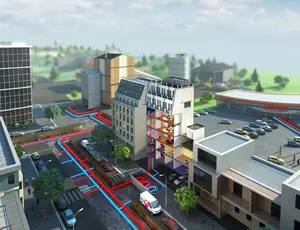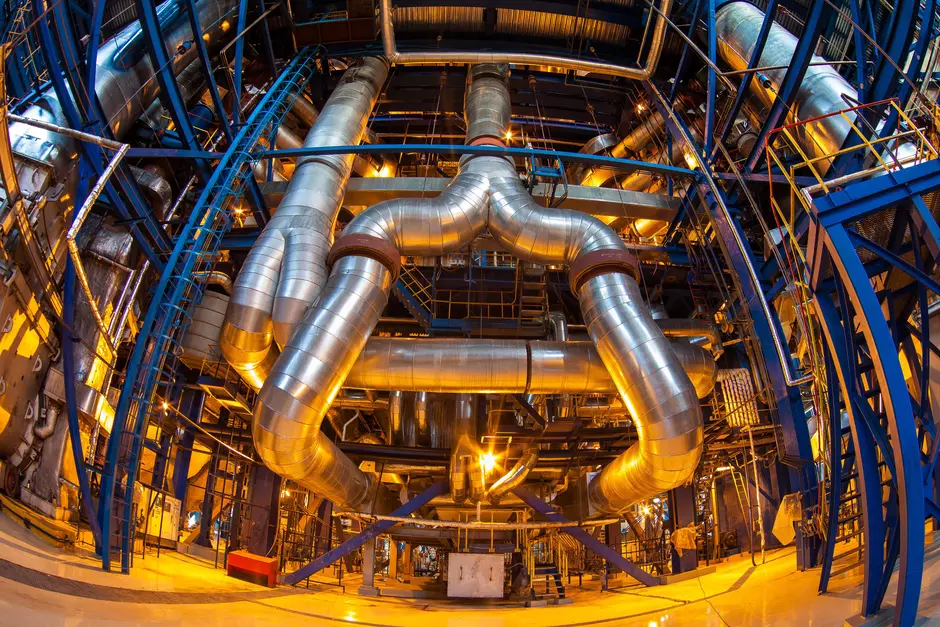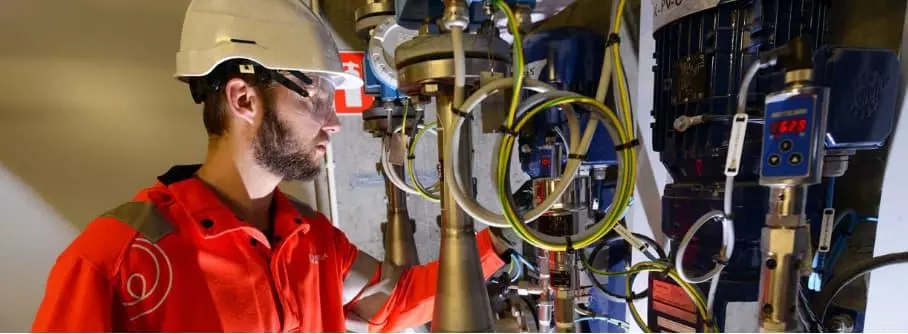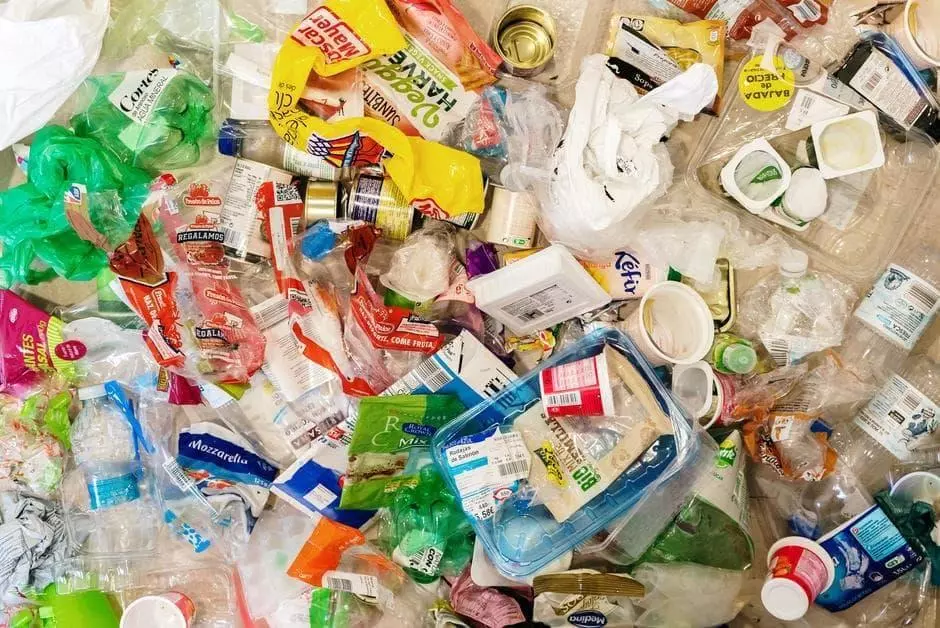District heating for local authorities: how to keep up with Net Zero demand.
According to The Public Building Energy Efficiency Report, local authorities aren’t moving anywhere near quick enough to meet Net Zero targets and must decarbonise UK buildings ‘five times faster’. The need for a low-carbon world is becoming increasingly important. The energy performance of public buildings in the UK has a huge impact on our environment and the public funds that go into powering them. The built environment currently accounts for almost 40% of global energy and process-related CO2 emissions and one-third of the country's greenhouse gas emissions. This is a concerning trend that needs immediate attention to ensure a sustainable future.
The energy performance of public buildings in the UK can have a significant impact on our environment and immediate action is needed. Heating and cooling are the biggest energy consumers in public buildings. Around 40% of the energy consumed in cities can be inputted into buildings and one of the most effective steps that can be taken to reduce the CO2 emissions from public buildings is to make their energy systems more carbon efficient. The UK is legally committed to hitting Net Zero by 2050 therefore, local authorities must drive forward new low-carbon technologies like heat networks, to make Net Zero a reality in the UK.
The UK government has identified that Heat Networks will play a key role in achieving Net Zero. We support the growth ambitions of the government in this space and agree with The Climate Change Committee that Heat Networks represent one of the largest growth potentials for energy networks, estimating that around 18% of UK heat could come from heat networks by 2050, increasing from the 2% we see today. The UK government is showing their support by making funding available for the development of new heat networks as well as extending existing schemes. We are pleased the government has also listened to industry and is also providing funding for existing heat networks to help them improve operational performance, which will benefit heat network customers.
It is welcome that DESNZ has committed to appointing Ofgem as the regulator for the Heat Networks market. As a member of the Heat Network Industry Council (HNIC), we will work closely with them through working groups to establish fair and proportionate regulations for heat network customers. The government must press forward with their plans to introduce Heat Network Zoning as early as possible and avoid further delays in delivering the Energy Bill. Based on catchment areas, zoning aims to develop heat networks in areas where they are the lowest carbon-to-cost to the end user creating an onus on Zoning Coordinators to develop efficient heat networks. Our expertise in renewable energy allows us to provide our customers with tailored heat networks from design, installation and commissioning through to end-user support.
Reuse and increase capacity in the electricity grid
District heating is an important and positive contribution to the transition to a more circular economy and the reduction of greenhouse gas emissions. It provides an efficient, low-carbon alternative for heating and cooling from a central source, and delivers it to a variety of different customers such as public buildings, shops, offices, hospitals, universities and residential dwellings. District heating can also help free up capacity in the electricity grid and continues to be used as a renewable replacement for fossil fuels in construction and industry. By making the energy systems in public buildings more carbon-efficient, we can take a significant step towards achieving the country's Net Zero targets.
What are the benefits of heat networks?
Businesses can benefit from district heating in these ways:
- Lower-cost “gas market independent” heating
- Businesses may be able to recover waste heat and export this into a heat network to reduce emissions and generate revenue
- Businesses that use a significant amount of gas for heat could reduce heating costs and carbon emissions by connecting to a heat network
- District heating provides efficient low-carbon heat to your business. By lowering the amount of CO2 produced, we are being kinder to our planet.
- The new infrastructure acts as a catalyst for growth and jobs
- Provides a flexible, reliable energy system the heat source of which can be easily upgraded as new generation technology is made available
As a global utility company and leader in resource management, we believe that district heating will be crucial in the decarbonisation of heating and cooling within the UK, and for that reason are continuing to develop and improve our current district heating solutions. We are one of the very few companies that offer a complete in-house district heating solution. That, with our expertise in renewable energy, allows us to provide our customers with tailored heat networks from design, installation and commissioning through to end-user support. A low-carbon future is the way forward, and district heating can play a crucial role in achieving this goal. It not only reduces carbon emissions but also creates growth and job opportunities, all while providing an efficient, reliable and cost-effective energy system.
The time for change is now, and we must act fast to ensure a sustainable future for generations to come.
Find out more about how we can support your business here
-Further Reading-
Why we should be embracing district heating schemes
Decarbonising the UK's heating system is a crucial step towards Net Zero. Embracing heat networks is key to this.
How heat pumps can help on the road to Net Zero
Solar panels and wind turbines have long been the symbols of greener, cleaner energy. But there are other proven technologies that are being adopted to help drive us towards a lower-carbon future.
How to Transition your Business to a Circular Economy
In collaboration with international chemical company Solvay, Veolia has launched an energy transition project: 'Dombasle Énergie'. The project aims to replace coal with refuse-derived fuel (RDF).








